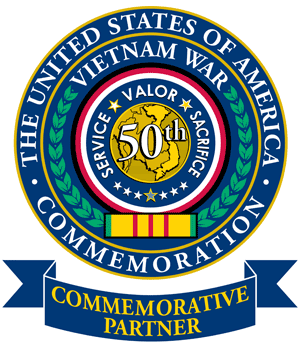
Imperial War Museum
IWM was founded on 5 March 1917 when the War Cabinet approved a proposal by Sir Alfred Mond MP for the creation of a national war museum to record the events still taking place during the Great War. The intention was to collect and display material as a record of everyone’s experiences during that war - civilian and military - and to commemorate the sacrifices of all sections of society. The interest taken by the Dominion governments led to the renaming of the National War Museum to Imperial War Museum later in 1917. It was formally established by Act of Parliament in 1920 and a governing Board of Trustees appointed. The museum was opened in the Crystal Palace by King George V on 9 June 1920. From 1924 to 1935 it was housed in two galleries adjoining the former Imperial Institute, South Kensington. On 7 July 1936, the Duke of York, shortly to become King George VI, reopened the museum in its present home on Lambeth Road, South London, formerly the central portion of Bethlem Royal Hospital, or ‘Bedlam’. With the onset of war in 1939 IWM’s remit was extended to include the Second World War. While a programme of collecting got underway, vulnerable collections were evacuated to stores outside London, and the museum was closed to the public from September 1940 to November 1946. Most of the exhibits survived the war, but a Short Seaplane which had flown at the Battle of Jutland was shattered when a German bomb fell on the Naval Gallery on 31 January 1941. This was just one of more than 40 incendiary hits on the building throughout the war. The Korean War led to a further redefinition of the IWM’s terms of reference to include all conflicts in which British or Commonwealth forces had been involved since 1914. IWM has therefore continued to collect every type of evidence documenting its very broad remit. Its collections are vast and rich, and in addition to its role as a museum, IWM is also a major national art gallery, a national archive of written and audio visual recourse, and a centre for research. During the 1970s and 1980s IWM underwent a period of unprecedented expansion, with the establishment of three new branches – IWM Duxford in 1976, HMS Belfast in 1978 and Churchill War Rooms in 1984. The fifth member of the IWM family, IWM North, opened in Trafford, Greater Manchester, on 5 July 2002.
Últimas aportaciones de Imperial War Museum

















































































































